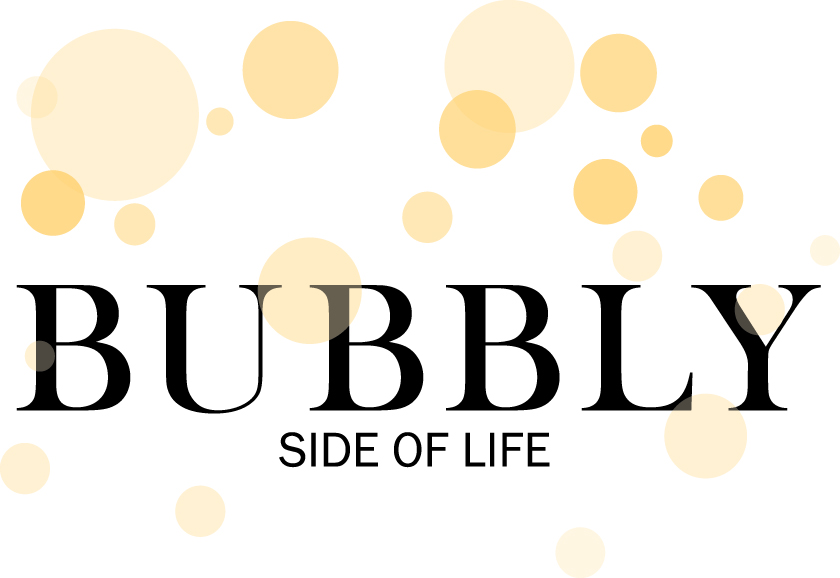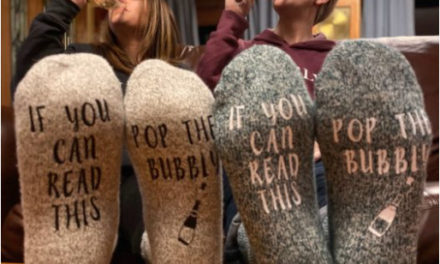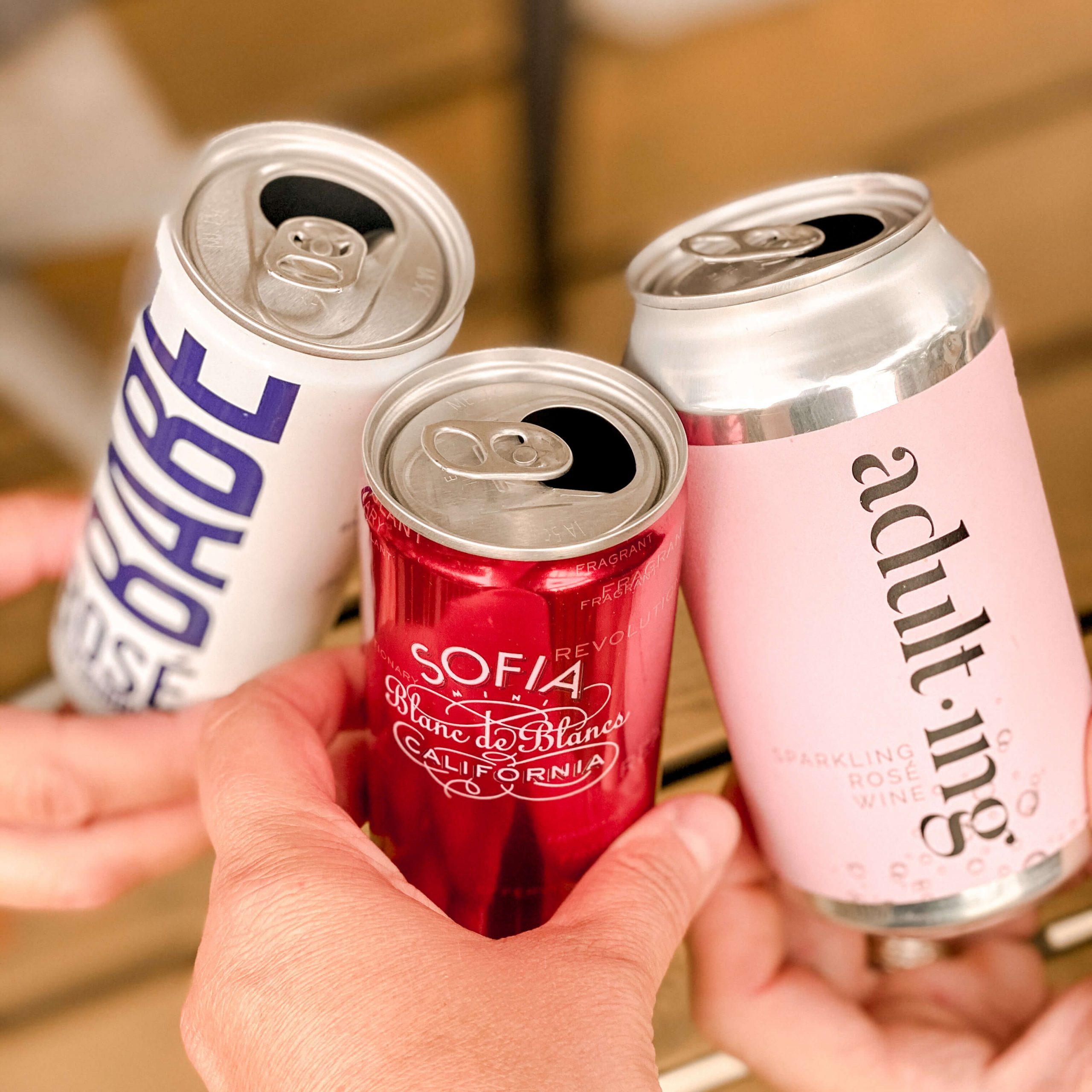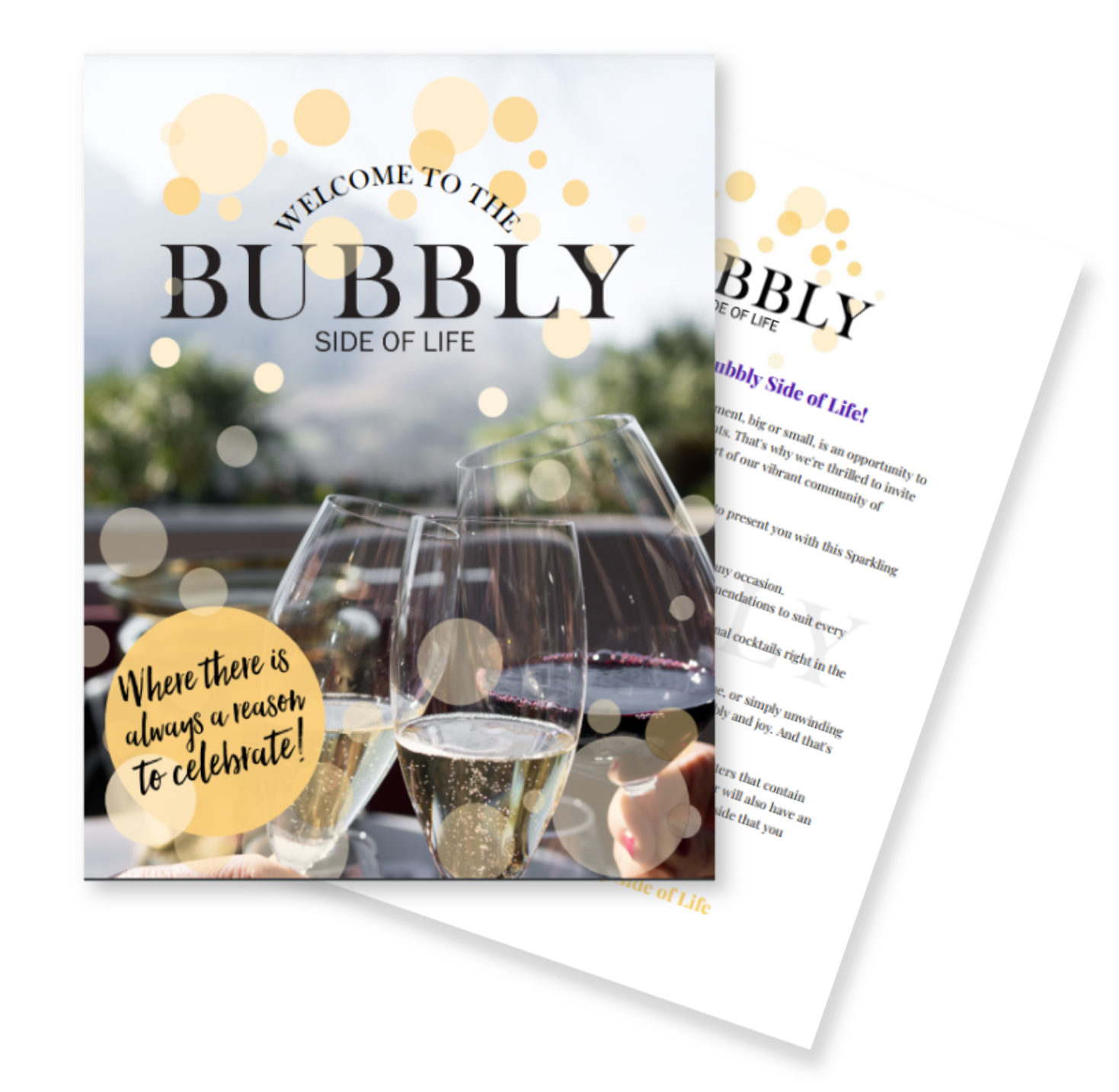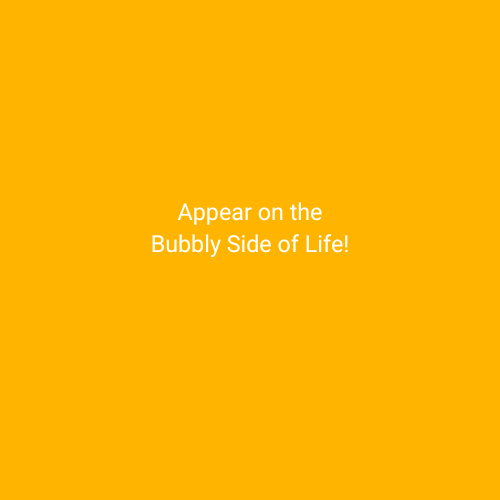All bubbly wine is simply sparkling wine. But it’s important to know that there are different types of bubbly wines made in different ways using different grapes.
You know the former teacher in my loves to still teach. Especially when I get to teach about all things sparkling wine related. And I’ve realized after the last few virtual bubbly wine tasting events I’ve hosted, that most people know very little about the types of bubbly wine.
Bubbly Wine Types
We’re going to use the words “bubbly wine” as the generic term for all wine with bubbles as we explore the different types.
Champagne
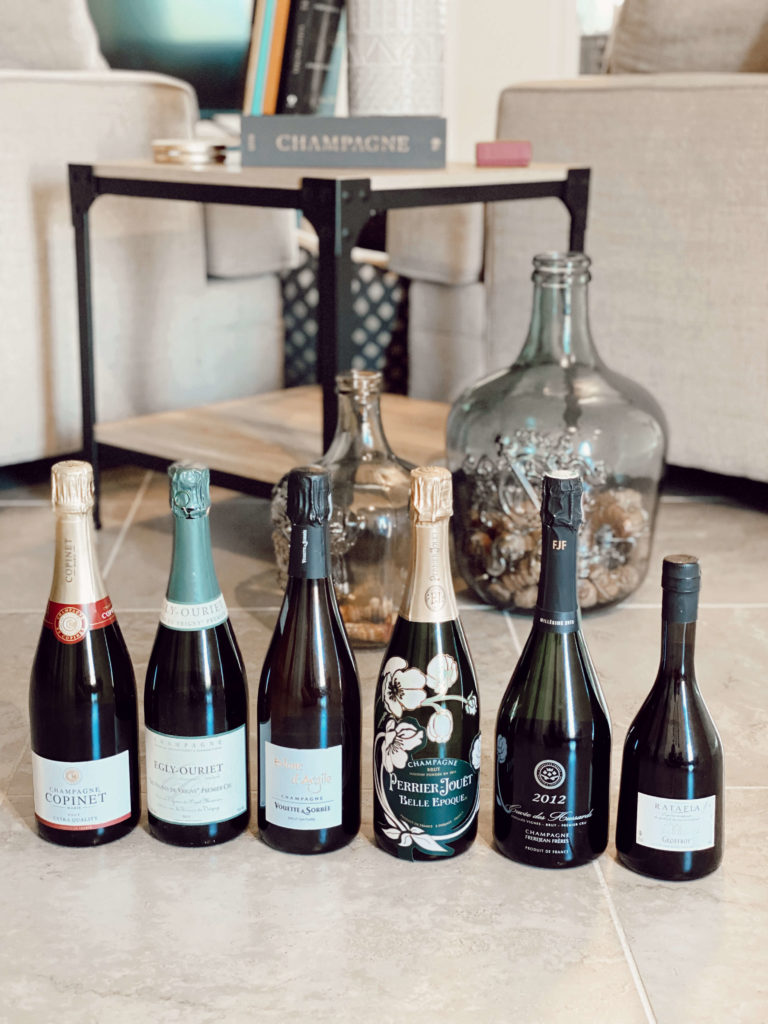
All champagne is sparkling wine, but not all sparkling wine is champagne. So, be careful when you refer to a glass of bubbly wine as champagne, as it’s not a “generic” term for all bubbly wine
This is probably the most recognized type of sparkling wine. People often see this as the “special occasion” wine reserving it for celebrating “big” moments or achievements. Partly, because people tend to believe “real” champagne is expensive.
If the bottle you’re drinking says “champagne” on it, it was made in Champagne, France. While it’s not a law, it is common practice (and the right thing to do) to only call a sparkling wine made in Champagne, France, champagne. There are a few exceptions to this rule and that simply means if a winery was given an exception, they’ve been making that bottle of champagne for almost 100 years.
Champagne is made using the traditional method and primarily uses the three most common grapes you’ll find in bubbly:
- Pinot Noir,
- Chardonnay
- Pinot Meunier
When a winery uses the traditional method to create their bubbly wine it means they add sugar and yeast to the base wine in an individual bottle. That bottle is sealed off with a cap that looks just like a soda pop cap and this is where the bubbly magic happens.
Fact: The English teacher in me has to point this out: champagne, the bubbly wine is a common noun, therefore not capitalized. Champagne, the region in France is a proper noun, therefore it is capitalized.
Crémant

Crémant is a bubbly wine that comes from France, but it’s made outside of the Champagne region. It’s made in the same traditional method as champagne, but is a great alternative as it is often much more affordable.
Crémants are typically made with grape varieties grown in their particular regions, so you will experience different tastes compared to a champagne.
Prosecco
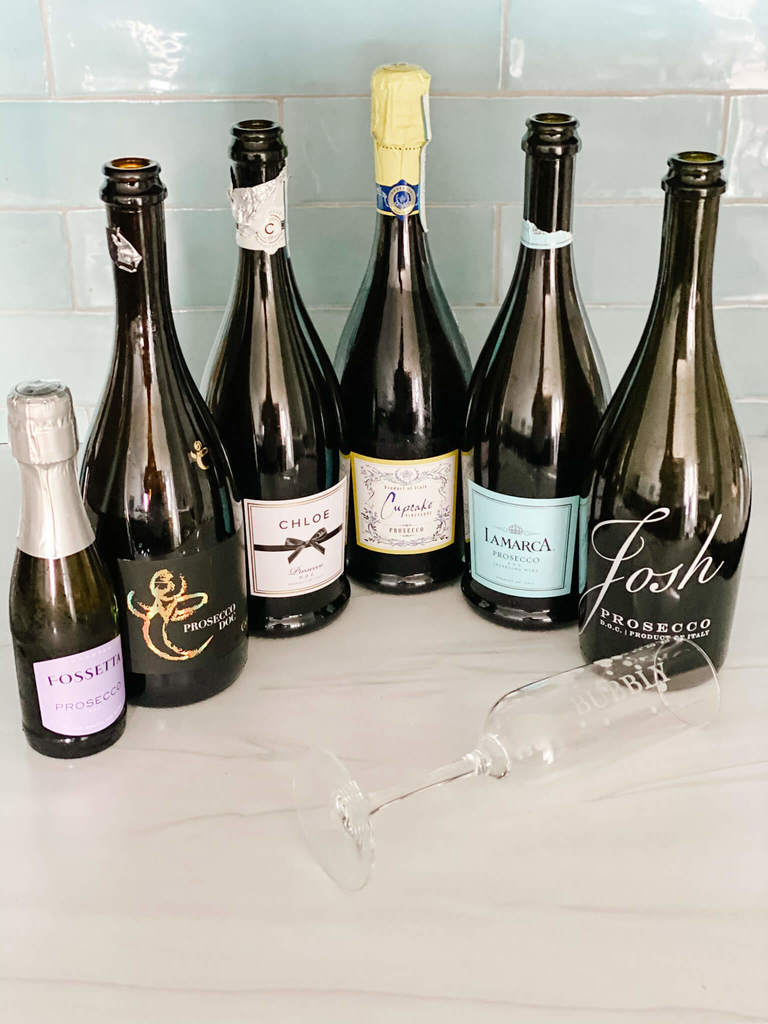
Prosecco is a sparkling wine from Italy. It’s made using the tank method and uses primarily prosecco grapes, glera.
Prosecco has two different levels of bubbliness: the most bubbly wine is spumante and a lightly sparkling prosecco is called frizzante. There’s even a still prosecco with no bubbles at all but what’s the fun in that?
Prosecco tends to have a more citrus or flowery taste than champagne does. Partly because champagne is aged longer and allows for deeper flavors develop.
Cava

Cava is made in Spain, in fact 95% of all cava is made in the Penedès Region in Catalonia, which is just outside Barcelona.
If the bottle is labeled cava, that means it was made using the traditional method and if it’s not made with that method then it’s simply a sparkling wine from Spain (vino espumoso).
The main grapes used in making cava are local to the Spanish region: macabeo which is actually the preferred grape, parellada, and xarel-lo. You will also find cava blends using chardonnay and pinot noir to add fruit flavors and acidity.
Sparkling Wine

All bubbly wine made anywhere outside of the regions mentioned above is considered sparkling wine.
Sparkling wine can be made using any of the methods above and while typically uses chardonnay, pinot noir and pinot meunier grapes, you will also find a lot more “experimenting” with types of grapes.
Bubbly Wine Pairs Well With
Because bubbly wine is typically highly acidic, it pairs well with salty, fatty foods. It’s science really. The salty, fatty food makes the bubbly wine seem less acidic and more fruity with more body.
This is why you often see pairings like
- French fries
- Fried chicken
- Potato chips (We did this and loved it! Try it out, it’s a lot of fun!)
Bubbly Wine Price Tag
I have always said that there are great bottles of wine (all types) less than $20 and equally good that are more than $40. The price tag doesn’t always determine the quality.
And what I like about cava and sparkling wine is it is more affordable and just as delicious.
For reference, this is a good general rule:

Favorite Bubbly Wine
My favorite of all of these types of bubbly wine is definitely sparkling wine. I have had so many bottles of sparkling wine in North America that are so incredibly good, practically made in my backyard and a fraction of the cost of champagne.
I have visited and reviewed many wineries and showcased many of my favorite sparkling wines and am so excited to visit (and in some cases re-visit) some wine regions to experience their sparkling wine.
Next up for me, I love a cava! I am sure my deep love for Spain plays a significant part in my love for this particular bubbly wine, but it is so affordable and so delicious. I can’t wait to get back to Barcelona to explore even more.
Now, let’s face it, I love all bubbly wine, but those are my go-to types and then I would grab a crémant, prosecco and champagne.
But here’s the good news, you can find reviews of everything from sparkling wines to champagne here:
What’s your favorite bubbly wine type? Comment on our last Instagram post.

